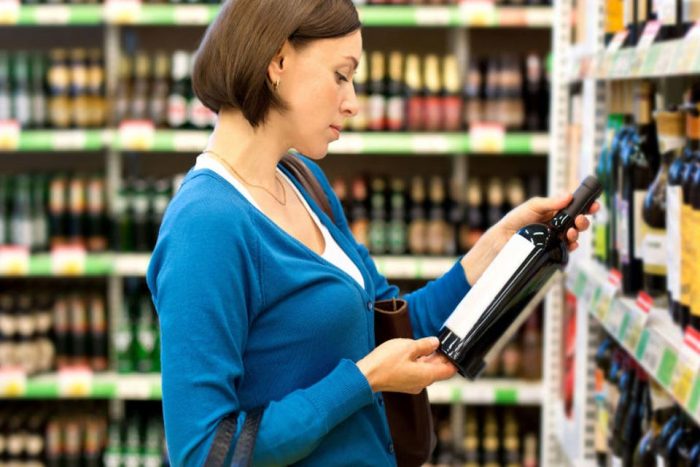If you are not very knowledgeable about wine it could be helpful to find out how to choose the best wine for whatever meal you are having for that celebration or to impress the boss. To that end, here are some tips from those that are expert on the subject to help you choose the right wine, or at least a good one.
- Read the label, but don’t buy it because the label is pretty. If the label states what the wine is in generic terms such as table wine, it means that it was made from grapes harvested from a wide area – even a whole country. While the quality of the wine may be okay, the taste is often very bland.
- Wine sales are not necessarily the best time to buy wine especially if you want to stock up on it rather than using it immediately. If any kind of food is on sale it is often because the use by date is very close or the product has gone past its best. The same goes for wine.
- Is sweet really sweet? Some people think they dislike sweet wines without really understanding what the term means. A sweet wine tastes rather syrupy, while a wine that actually smells sweet – or has a nose of say, tropical fruit – may not be at all like that. Rather, it is likely to have a crisp, clean taste.
- How to pair wine? It’s easy, you can go with the school of thought that likes contrast, or you can go for complementary. Both are right. With contrast you choose a light, crisp wine to go with food that is full and rich; with complementary you choose the opposite – a light wine with food that has delicate flavour and a full-bodied wine to go with foods that have a strong flavour such as red meat or cheese
- If you truly can’t decide what is best, go for a sparkling rosé. This will add an accent to most dishes and goes especially well with cheese.
- When it comes to Champagne, a beginner may not realise that this is really just a sparkling wine from the region of the same name in France. Other sparkling wines may be just as delightful – so long as they have been made from either of the three grape varieties of Pinot Noir, Chardonnay or Pinot Meunier. However, none is allowed to be called Champagne.
- Champagne from France has the flavour of yeast, lemon and toast. Other sparkling wines may taste of apple, pear and toast, or of hazelnut, lemon and toast.
- Don’t be afraid to break the rules; if you find that you like the taste of a certain wine with a certain food, go for it.

